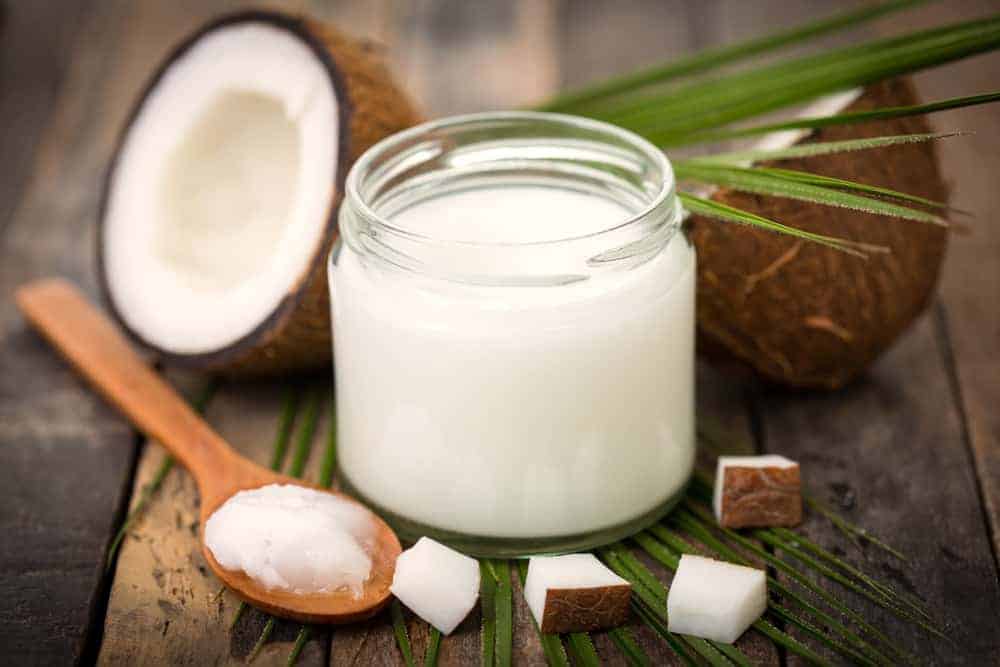From Cake to Seaweed Soup: How 15 Countries Celebrate Birthdays Differently
Imagine a world where birthdays are celebrated with unique customs: in Japan, a 20-year-old dons traditional attire for a ceremony marking adulthood; in Spain, the birthday person receives gentle ear pulls for each year lived; and in South Korea, a nourishing seaweed soup is served to honor one’s mother. These diverse traditions highlight the rich tapestry of global birthday celebrations, each reflecting cultural values and histories. Join us as we explore how 15 countries commemorate this special occasion in their own distinctive ways.
1. United States: The Classic Cake and Candles

In the United States, birthday celebrations are marked by a decorated cake adorned with candles representing the celebrant’s age. The tradition of placing candles on birthday cakes is believed to have originated from German customs, where each candle symbolized a year of life. (nationalgeographic.com)
As the cake is presented, guests gather to sing the “Happy Birthday” song, creating a festive atmosphere. After the song, the birthday person makes a silent wish and blows out the candles, a practice thought to bring good luck and ensure the wish comes true. (1800flowers.com)
These traditions have become deeply ingrained in American culture, with birthday parties often featuring colorful decorations, gift-giving, and various games, reflecting the nation’s celebratory spirit. (en.wikipedia.org)
2. South Korea: Seaweed Soup Tradition

In South Korea, birthdays begin with miyeok-guk, or seaweed soup. Traditionally eaten for its nutritional value, especially by mothers after childbirth, the dish connects the celebrant with their family and heritage. It’s customary for both children and adults, marking birthdays with warmth and gratitude. (koreanhabits.com)
3. Mexico: Piñatas and Las Mañanitas
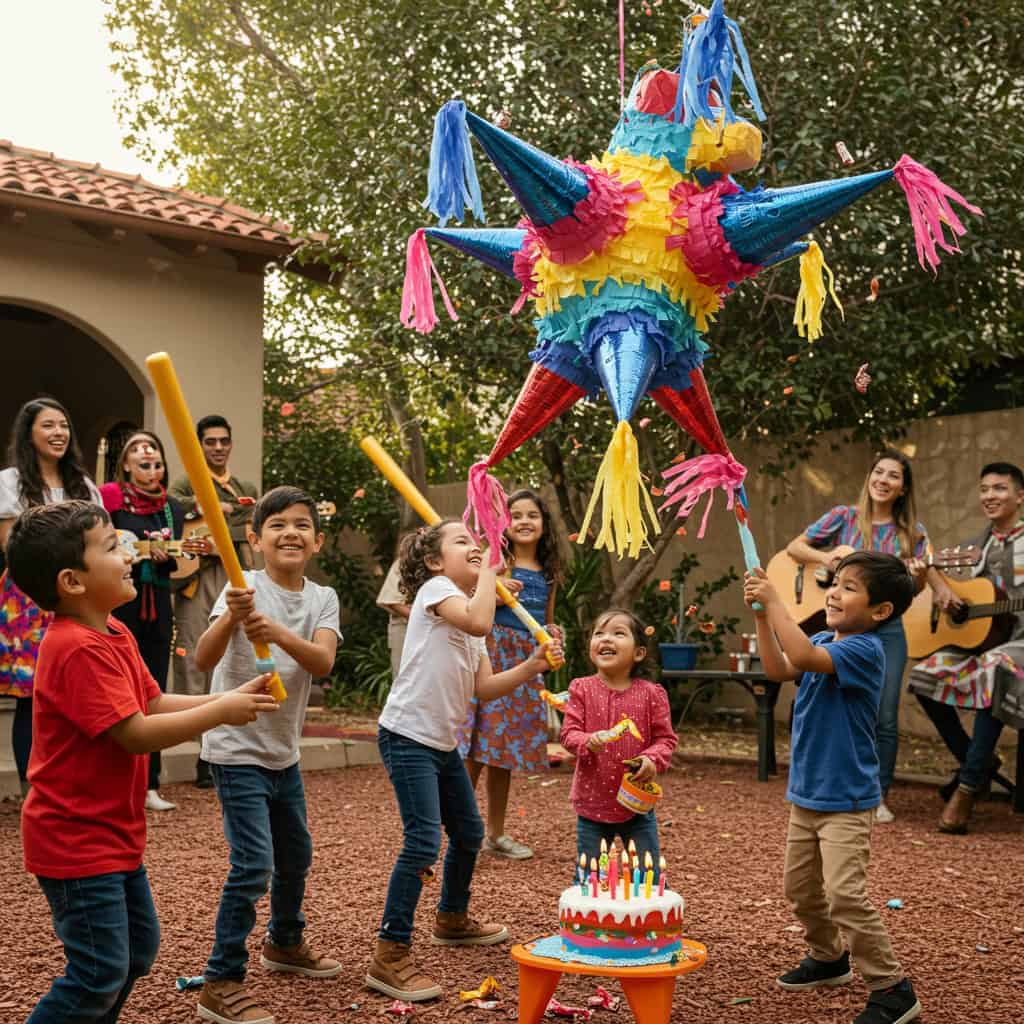
In Mexico, birthdays are vibrant celebrations filled with music and color. A central tradition is the piñata, a brightly decorated container filled with candy and small toys. During parties, children take turns hitting the piñata with a stick, eagerly awaiting the moment it breaks open, showering treats for all to enjoy. (apnews.com)
Another cherished custom is the singing of Las Mañanitas, Mexico’s traditional birthday song. Often performed at dawn, friends and family gather outside the birthday person’s home to serenade them, celebrating the special day with joy and warmth. (en.wikipedia.org)
These traditions, along with lively music and festive decorations, create a joyful atmosphere, making Mexican birthday celebrations truly unique and memorable. (scmp.com)
4. Russia: Sweet Pasties and Birthday Pulls

In Russia, birthdays are celebrated with a blend of hearty meals and unique traditions. A central feature is the serving of pirozhkis, small stuffed pastries filled with meat, cabbage, cheese, potatoes, or eggs. These savory treats are a staple at birthday gatherings, reflecting the country’s rich culinary heritage. (classroom.synonym.com)
Another distinctive custom involves ear-pulling, where friends and family gently pull the birthday person’s earlobes, typically once for each year of age plus one for luck. This playful tradition is accompanied by the chant “Grow up; don’t be noodles,” encouraging the celebrant to mature into a tall and strong adult. (idealmagazine.co.uk)
These practices, along with the sharing of fruit tarts and other sweets, create a festive atmosphere that blends family warmth with quirky customs, making Russian birthday celebrations truly unique. (blog.trulyexperiences.com)
5. Ghana: Oto and Community Dances
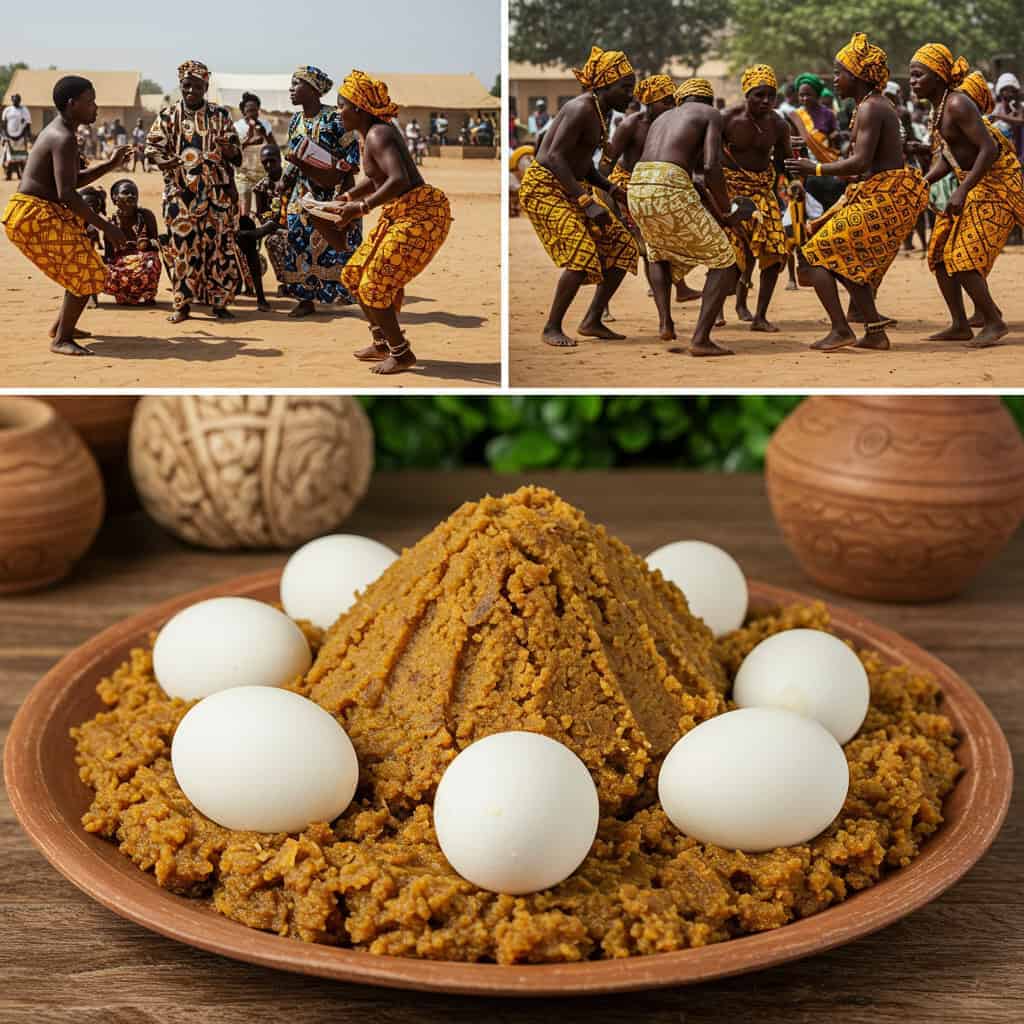
In Ghana, birthdays are celebrated with a blend of culinary traditions and communal festivities. A central feature is the preparation of Oto, also known as Etor, a sacred dish made from mashed yam or plantain blended with palm oil and often served with hard-boiled eggs. This dish is traditionally prepared for special occasions such as naming ceremonies, puberty rites, and birthdays, symbolizing unity and cultural heritage. (ghanaremembers.com)
The celebration is further enriched by lively music and dance, reflecting the importance of community bonds. Traditional dances like Kpanlogo, originating from the Ga people of Accra, are performed during these gatherings. Kpanlogo is characterized by rhythmic drumming and energetic footwork, embodying the vibrant spirit of the community. (letvisitghana.com)
These practices underscore the significance of family and community in Ghanaian culture, highlighting the role of shared traditions in strengthening social ties and celebrating life’s milestones. (awunitoursghana.com)
6. Canada: Greasy Nose Prank

In parts of Canada, particularly in Atlantic regions like Newfoundland and Labrador, a lighthearted birthday tradition involves friends and family sneaking up to smear butter on the birthday person’s nose. This act is believed to bring good luck and make it difficult for bad luck to “stick.” Alongside this playful prank, birthday parties often feature cakes and festive gatherings. (theholidayspot.com)
7. Germany: Sweeping the Steps

In Germany, particularly in northern regions, a unique tradition marks the 30th birthday of unmarried men. Known as “Domtreppenfegen,” the celebrant is expected to sweep the steps of a prominent public building, such as the town hall or cathedral, while friends and family throw debris to keep him occupied. This public display serves as a playful announcement of his single status and housekeeping abilities. The task concludes when a young woman kisses him, symbolizing his release from the chore. (de.wikipedia.org)
For unmarried women turning 30, a similar tradition called “Klinkenputzen” involves cleaning door handles with a toothbrush, often accompanied by playful teasing from friends. These customs highlight the community’s role in celebrating milestones and the humorous ways Germans address singlehood. (expatica.com)
Beyond these traditions, German birthday celebrations often feature the birthday person providing the cake and treats for guests, reflecting a communal spirit. Additionally, it’s customary for the celebrant to organize and pay for their own party, emphasizing the importance of hospitality and generosity in German culture. (thoughtco.com)
8. China: Longevity Noodles
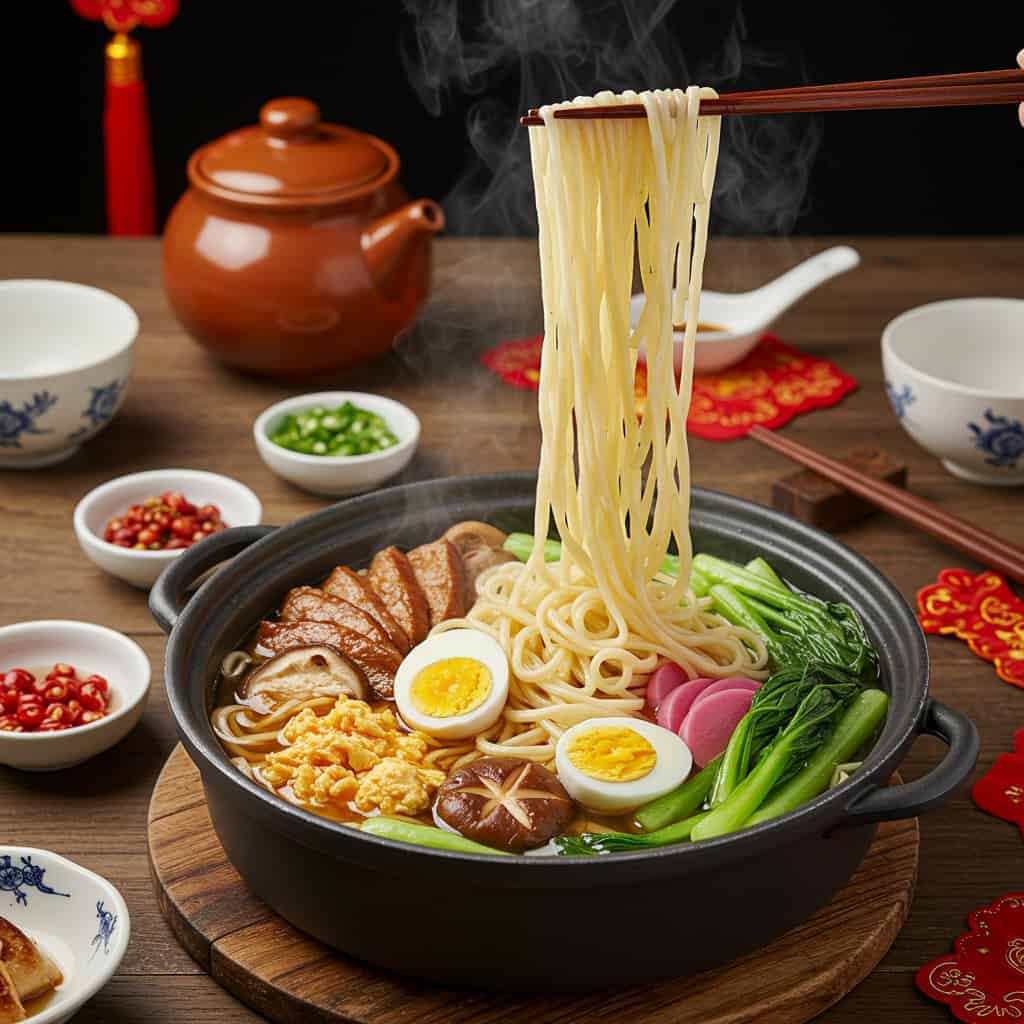
In China, birthdays are celebrated with a focus on longevity and family unity. A central tradition is the serving of longevity noodles, which are uncut to symbolize a wish for a long life. These noodles are often prepared in a broth with vegetables and sometimes eggs, reflecting the importance of health and vitality. (news.cgtn.com)
Additionally, the color red plays a significant role in Chinese birthday celebrations. Red is considered a lucky color, symbolizing happiness and fortune. Decorations, gifts, and even clothing are often red to attract good energy and convey well-wishes. (thoughtco.com)
These traditions underscore the cultural emphasis on health, longevity, and familial bonds in Chinese birthday celebrations. (sohoinchina.com)
9. Australia: Fairy Bread Delights
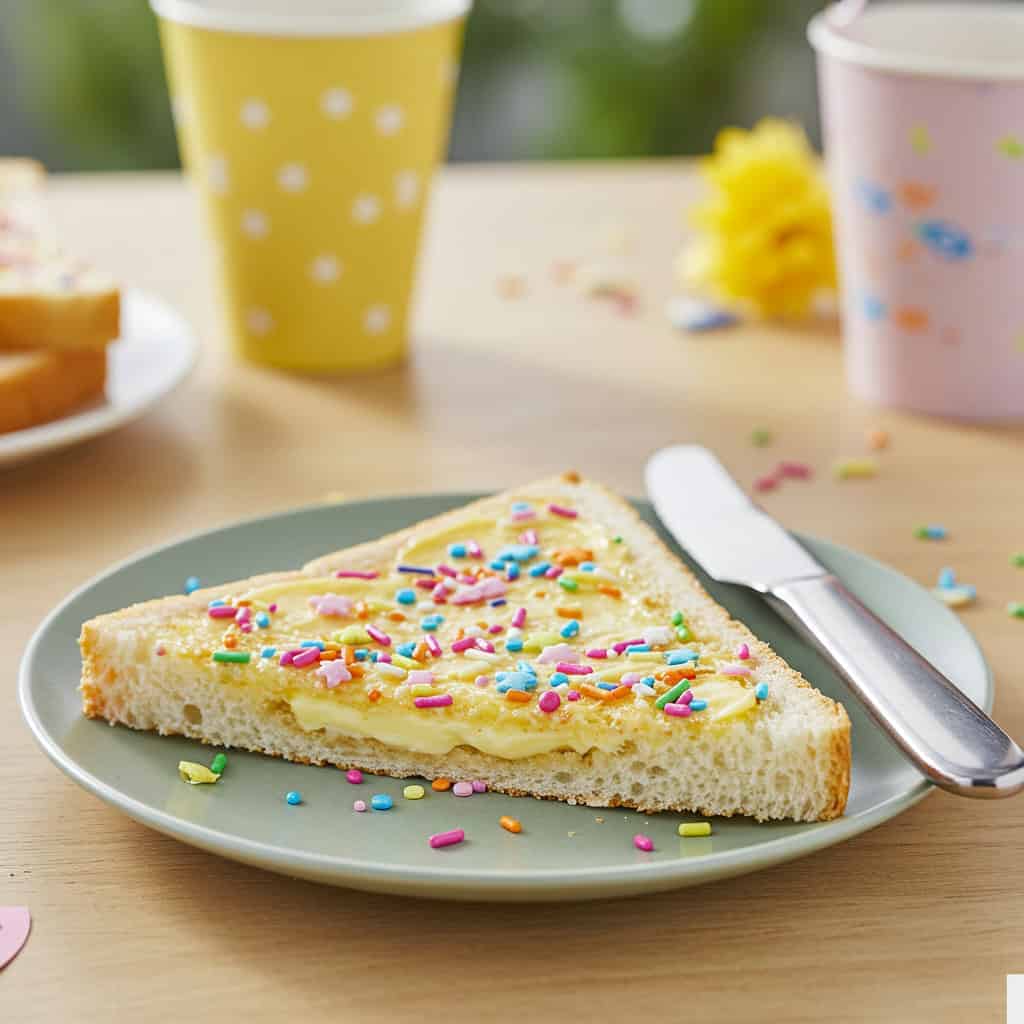
In Australia, children’s birthday parties often feature a simple yet beloved treat known as fairy bread. This nostalgic snack consists of white bread spread with butter and topped with colorful sprinkles, commonly referred to as “hundreds and thousands.” The bread is typically cut into triangles, making it easy for little hands to grab and enjoy. (theguardian.com)
Fairy bread has been a staple at Australian children’s parties for decades, embodying the country’s laid-back and fun-loving spirit. Its simplicity and vibrant appearance make it a favorite among kids and adults alike. (theguardian.com)
While the exact origins of fairy bread are unclear, it has become an iconic part of Australian birthday celebrations, symbolizing joy and community. (theguardian.com)
10. Nigeria: Extravagant Feasts and Dancing
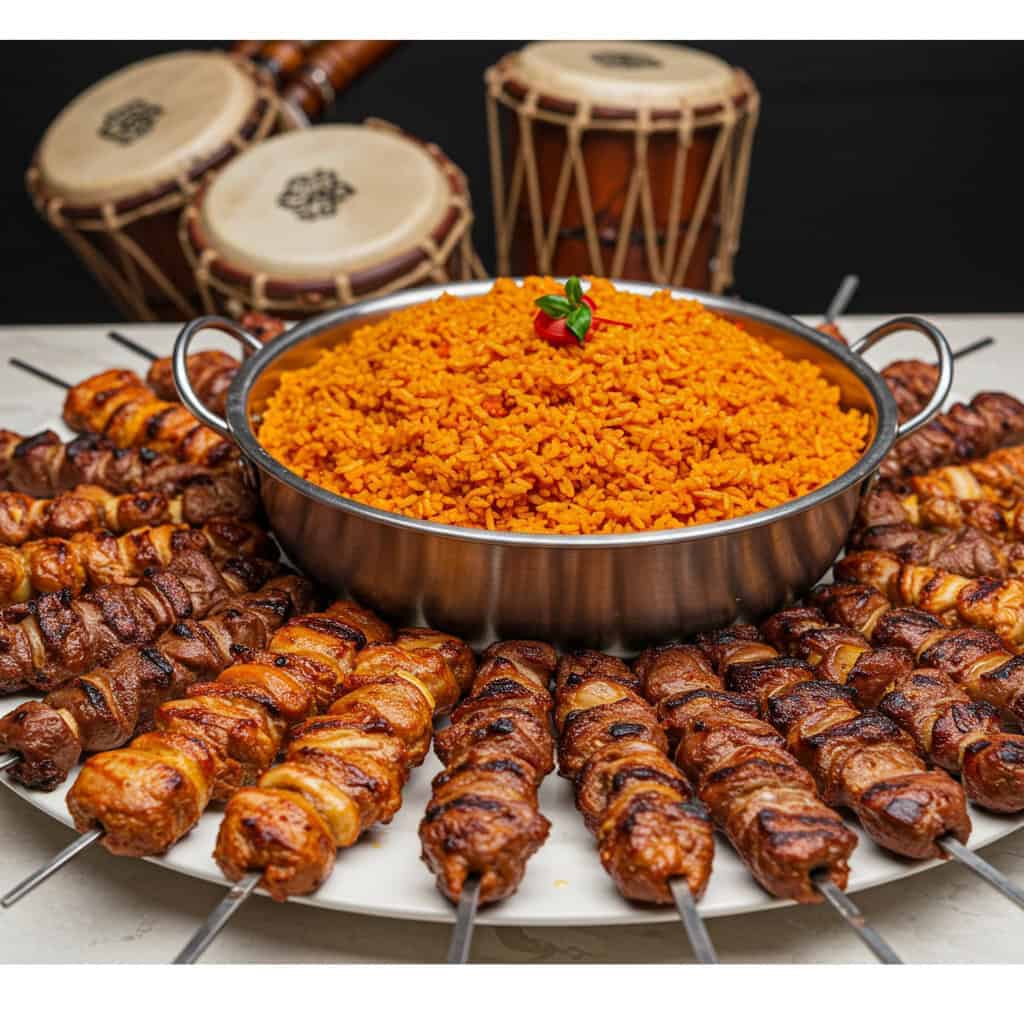
In Nigeria, birthdays are celebrated with grand feasts and lively festivities. A central feature is the serving of Jollof rice, a flavorful dish made with rice, tomatoes, and spices, often accompanied by grilled meats like suya, spicy skewers of beef or chicken. These dishes symbolize abundance and are integral to Nigerian celebrations. (en.wikipedia.org)
Music and dancing are central to Nigerian birthday parties, with genres such as Afrobeat, Highlife, Fuji, Juju, and Gospel creating a vibrant atmosphere. Guests often engage in energetic dancing, reflecting the country’s rich musical heritage. (afrikdigest.com)
First birthdays hold special significance, marking a milestone of survival and health. Such occasions are celebrated with even greater enthusiasm, emphasizing gratitude for life and the joy of family and community. (konnect.com.ng)
11. Brazil: Brigadeiros and Ear Pulls

In Brazil, birthdays are celebrated with vibrant traditions that blend sweetness and playfulness. A central feature is the serving of brigadeiros, delectable chocolate truffles made from condensed milk, cocoa powder, butter, and chocolate sprinkles. These treats are a staple at birthday parties, embodying the country’s rich culinary heritage. (en.wikipedia.org)
Another cherished custom involves friends and family gently pulling the birthday person’s earlobes, typically once for each year of age plus one for luck. This playful tradition adds a touch of humor and warmth to the festivities, reflecting the Brazilian spirit of joy and togetherness. (thedailymeal.com)
These practices highlight the importance of community and familial bonds in Brazilian birthday celebrations, making each occasion a memorable and heartfelt event. (visitbrazilblog.com)
12. India: Blessings and Vibrant Sweets
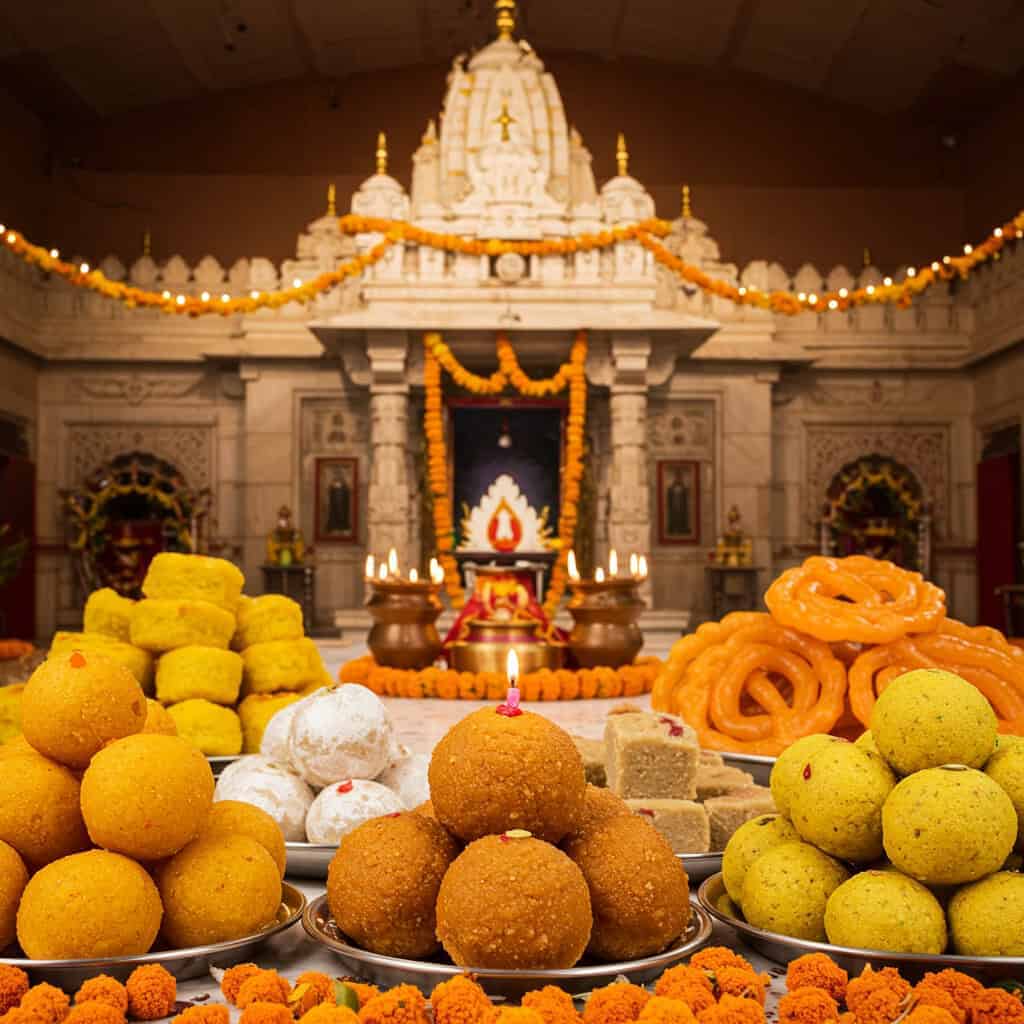
In India, birthdays are celebrated with a blend of religious rituals and festive customs. The day often begins with a visit to the temple, where prayers are offered, and blessings are received from priests for good fortune in the coming year. This practice underscores the spiritual significance of birthdays in Indian culture. (theculturetrip.com)
Traditional sweets play a central role in the celebrations. Colorful confections like ladoos and jalebis are prepared and shared among family and friends, symbolizing joy and prosperity. These sweets are not only delicious but also carry cultural importance, reflecting the rich culinary heritage of India. (theculturetrip.com)
Children often wear new clothes on their birthdays, adding to the festive atmosphere. Additionally, a ‘tikka’—a mark made with rice mixed with turmeric paste—is applied to the forehead, signifying blessings and protection. This ritual highlights the importance of family bonds and cultural traditions in Indian birthday celebrations. (theculturetrip.com)
While traditional practices remain significant, modern elements like birthday cakes and parties have also become common, blending tradition with contemporary flair. This fusion reflects the dynamic nature of Indian culture, where age-old customs coexist with modern influences. (theculturetrip.com)
13. Jamaica: Showers of Flour

In Jamaica, birthdays are celebrated with a playful tradition known as “flouring.” Friends and family surprise the birthday person by tossing handfuls of flour at them, often making quite a mess. This custom adds a fun and lively element to the festivities, reflecting the island’s joyful spirit. After the flour shower, the celebration continues with Caribbean music, delicious food, and laughter, creating memorable moments for all involved.
14. Denmark: Flags and Layer Cakes
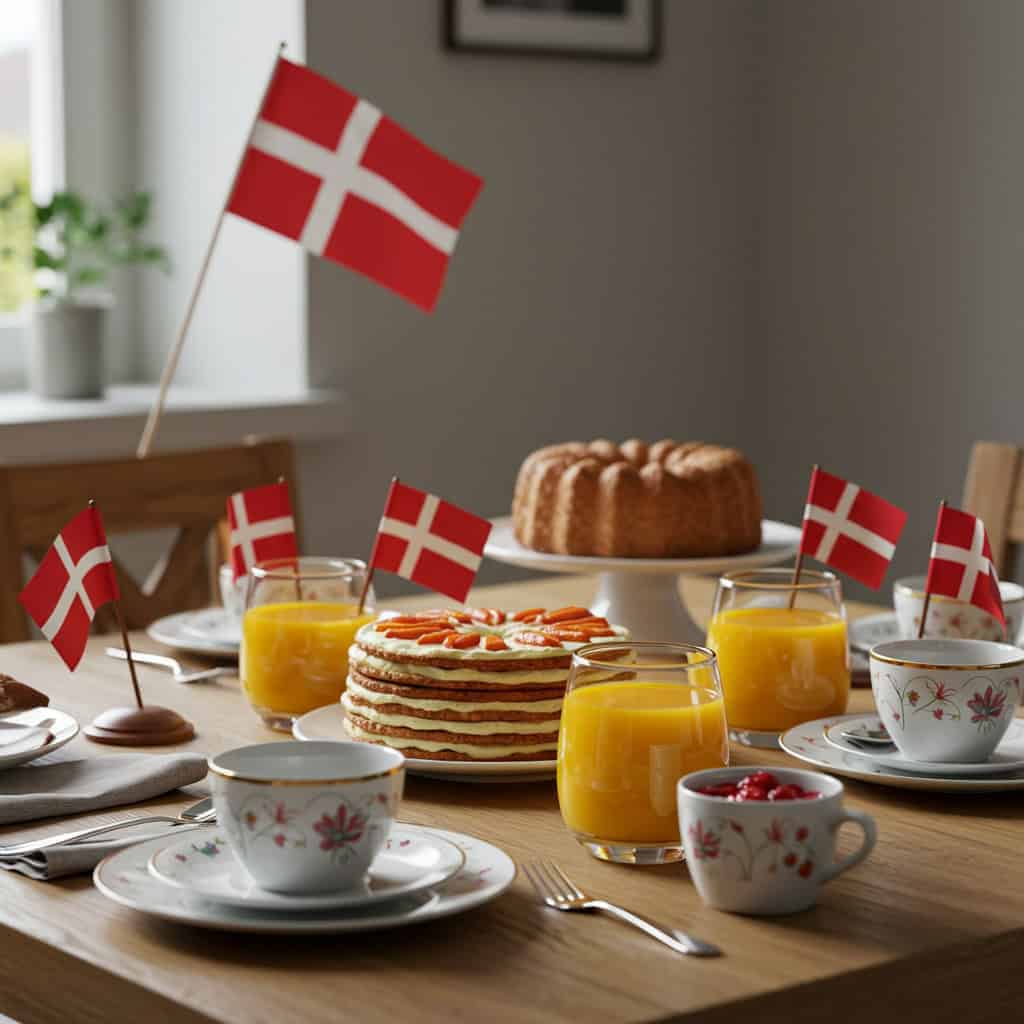
In Denmark, birthdays are celebrated with distinctive traditions that emphasize national pride and festive gatherings. A central feature is the display of the Danish national flag, known as the Dannebrog. On birthdays, it’s customary to hoist this flag outside homes and place smaller versions on the breakfast table, symbolizing joy and celebration. (skandibaking.com)
The birthday breakfast is a cherished occasion, often featuring fødselsdagsboller (birthday rolls), which are soft, cardamom-flavored buns. These are typically served with butter, jam, or cheese, and enjoyed alongside coffee or hot chocolate. The table is adorned with Danish flags, creating a festive atmosphere to start the day. (skandibaking.com)
A highlight of Danish birthday celebrations is the serving of lagkage, a layered sponge cake filled with whipped cream and fruit. This cake is often decorated with Danish flags, adding a patriotic touch to the festivities. For children’s birthdays, a special treat called kagemand (cake man) is popular. This cake is shaped like a person and decorated with icing and candies, making it both a visual and culinary delight. (skandibaking.com)
These traditions reflect Denmark’s deep appreciation for its cultural heritage and the importance of family and community in celebrating life’s milestones. (skandibaking.com)
15. The Philippines: Spaghetti and Sweet Treats
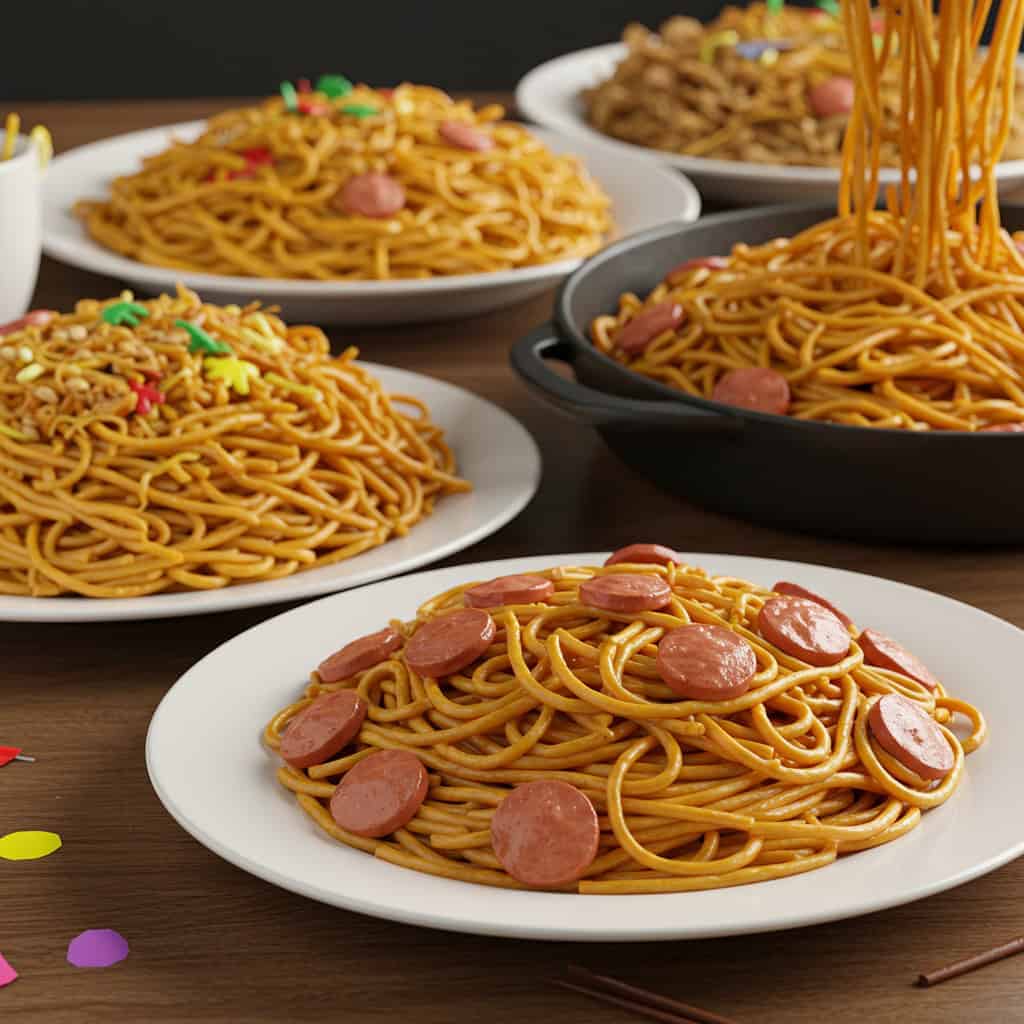
In the Philippines, birthdays are celebrated with a delightful array of foods that reflect the country’s rich cultural heritage. A central feature is the serving of pancit, a noodle dish symbolizing long life and prosperity. The long strands of noodles represent a wish for the celebrant’s continued health and happiness. (manilasun.com)
Another beloved dish is Filipino-style spaghetti, characterized by its sweet tomato-based sauce, sliced hot dogs, and grated cheese. This unique adaptation of the classic Italian pasta has become a staple at birthday parties, embodying the Filipino penchant for sweet flavors. (en.wikipedia.org)
Birthday cakes, often adorned with colorful decorations and messages of well-wishes, have also become a common feature in Filipino celebrations, blending traditional and modern elements. (trulyexperiencesblog.com)
These culinary traditions, along with lively gatherings, games, and music, create a festive atmosphere that highlights the Filipino spirit of joy, hospitality, and community. The fusion of indigenous practices with influences from Chinese and Spanish cultures results in a uniquely Filipino celebration that honors both heritage and modernity. (trulyexperiencesblog.com)




